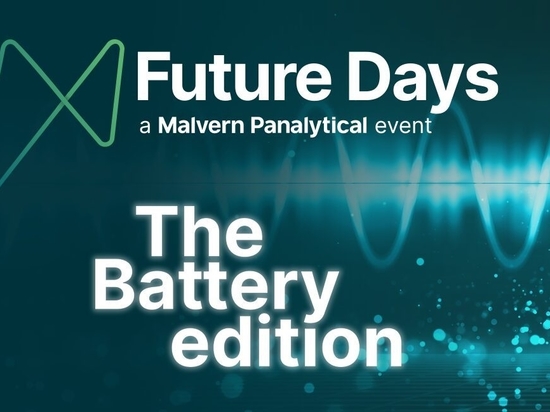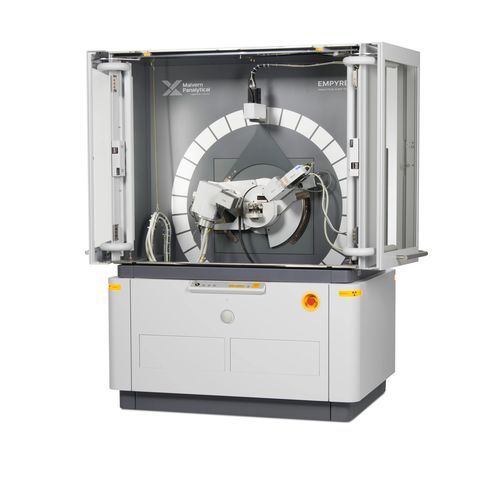
#Trade Shows & Events
Ask an Expert: Transmission vs reflection XRD measurements
Live Webinar May 6th, 2021
In almost every powder diffractometer, the reflection geometry is used. This is where the detector is on the same side of the sample surface. This geometry works very well for inorganic materials that can be prepared as flat samples with randomly oriented crystallites. However, it is very difficult to measure reflections below 5 degrees 2Theta accurately using reflection geometry. For instance, special care is needed to keep the background to a reasonable level. And the peak position is very sensitive to any error in sample preparation.
Transmission geometry on the other hand is easy and straight forward for measuring reflections at low angles. Moreover, transmission measurements let you minimize preferred orientation effects. They are an especially great match for low-absorbing organic materials such as those used in the pharmaceutical industry.
During this webinar, our senior application scientist, Dr Daniel Lee will introduce the basics of transmission and reflection measurements. He will share which types of samples and experiments would be more viable for transmission measurement. Look out for his tips when conducting such research too. He will showcase the benefits and data quality of transmission measurements on various samples. For instance the intense peaks and clear visibility of reflections. Dr Lee will demonstrate data collected from Malvern Panalytical’s Empyrean floorstanding as well as the Aeris compact XRD. For the Aeris XRD, this is part of the suite of new and powerful features recently added to its capabilities.
You can register for free to all our webinars and you will automatically receive the On-Demand version





